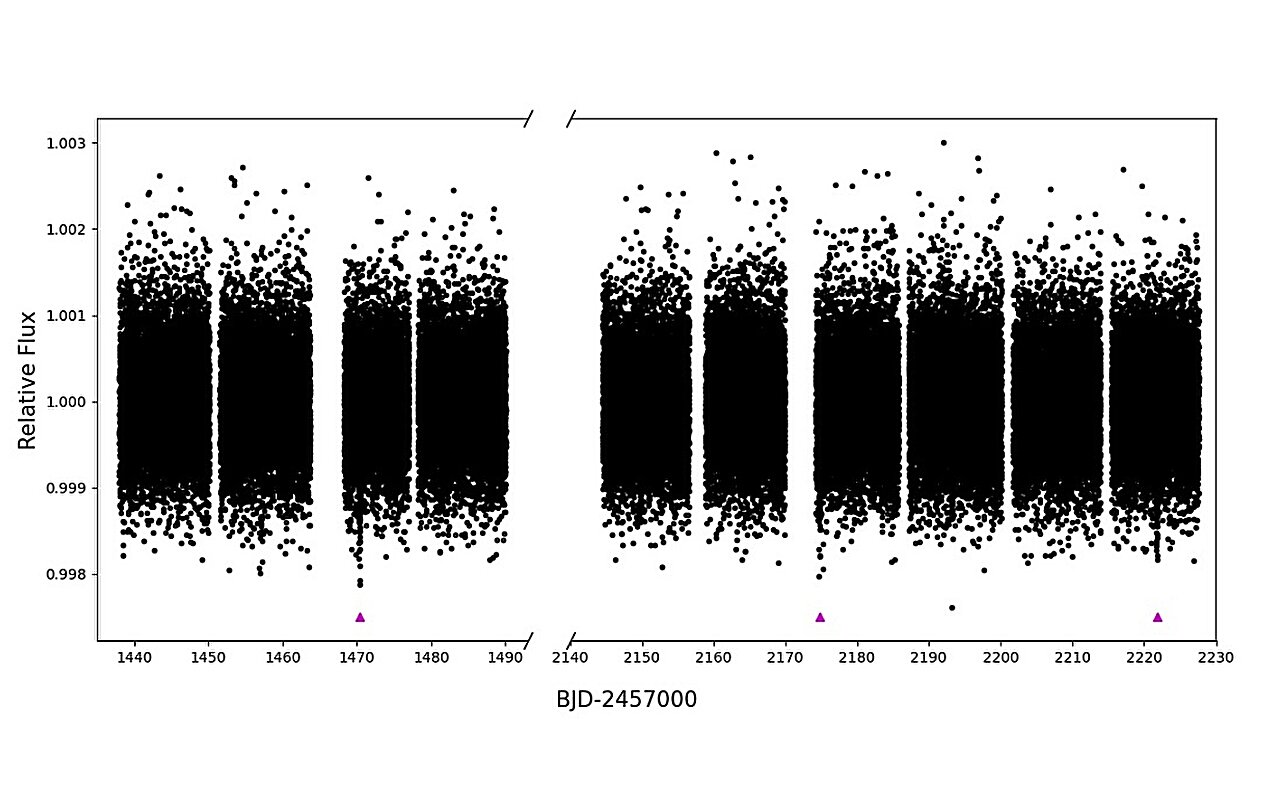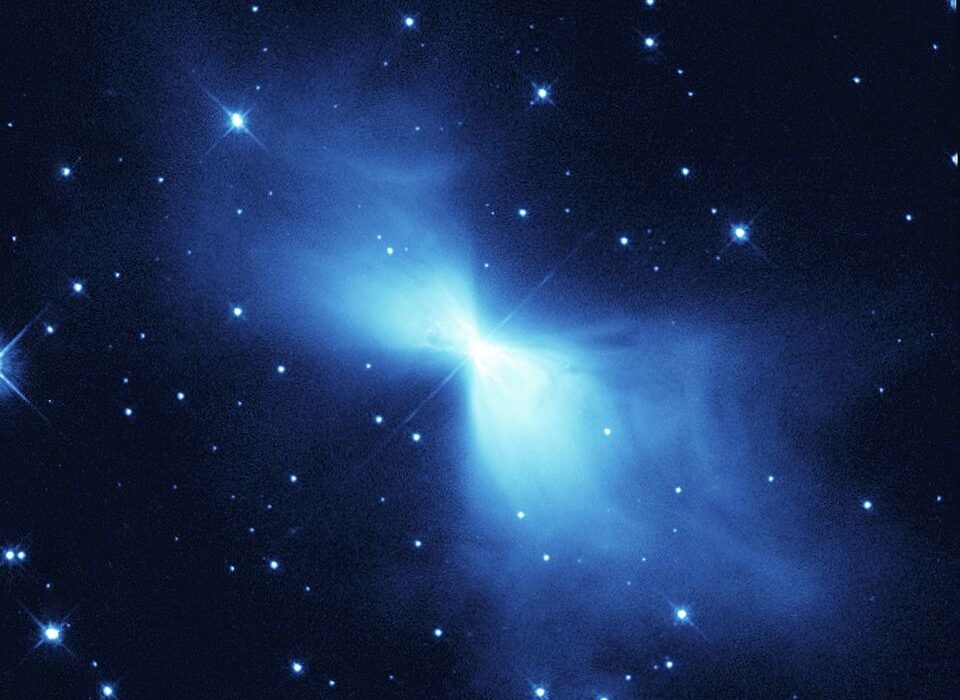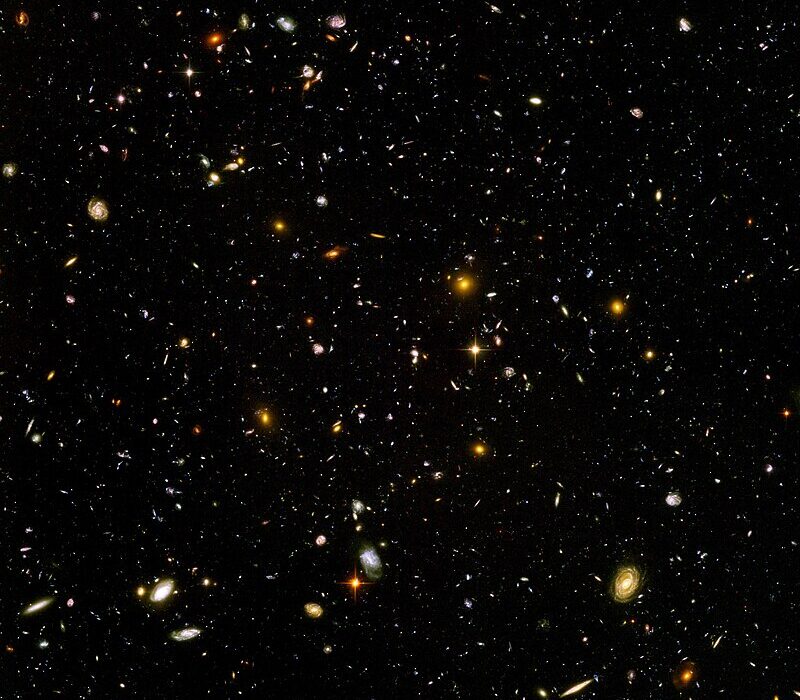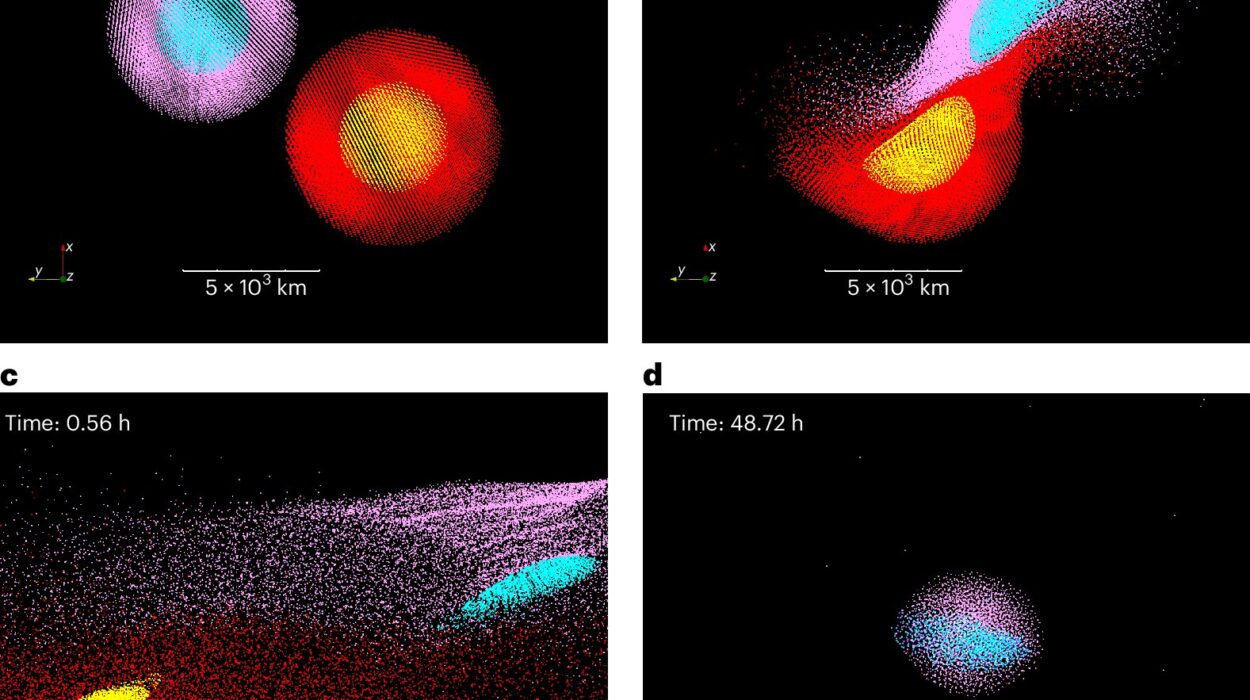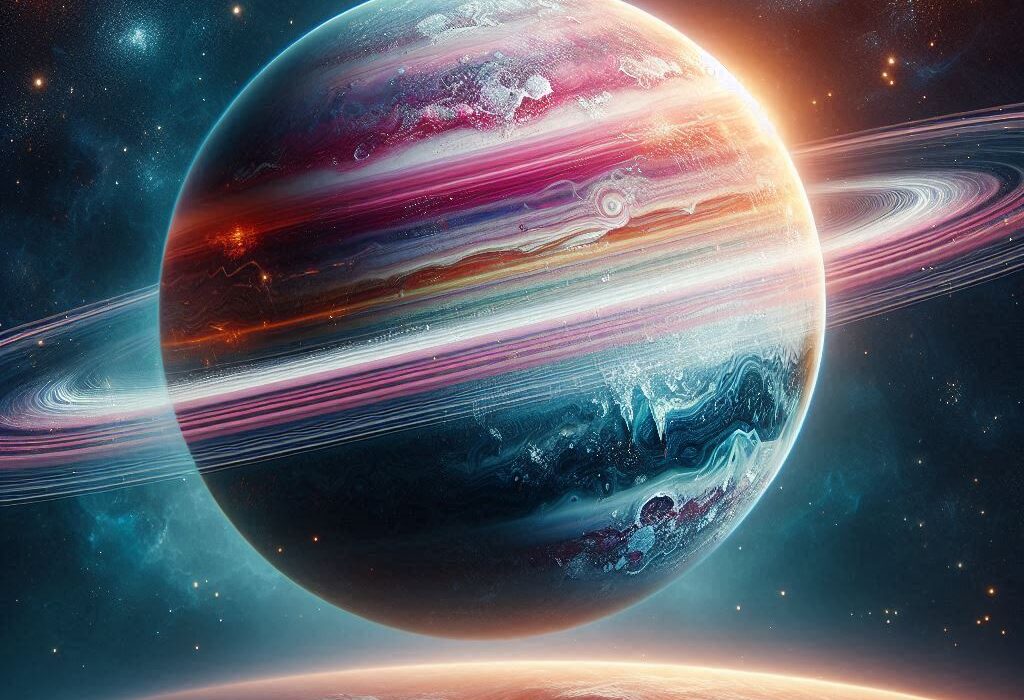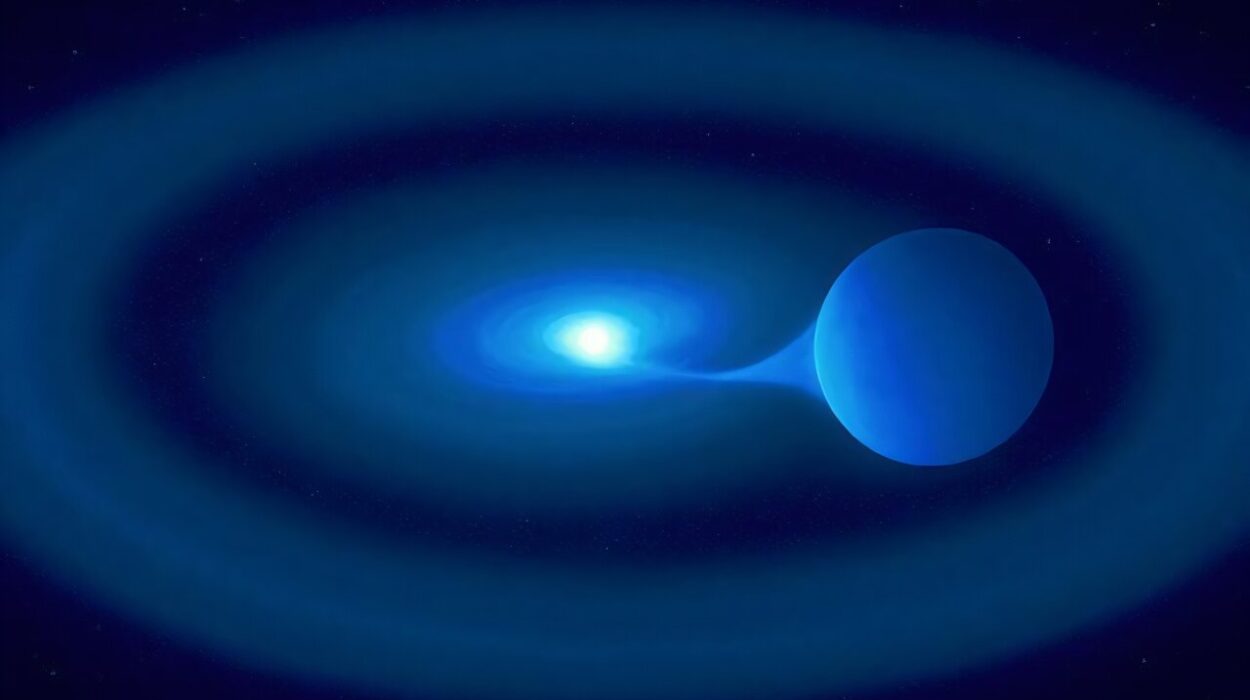In the ever-evolving hunt for alien worlds, an international collaboration of astronomers has uncovered an exciting new chapter: the discovery of two intriguing exoplanets orbiting a relatively nearby, sun-like star named HD 35843, also known as TOI 4189. Announced in a recently published research paper on May 1 on the arXiv pre-print server, this finding adds new complexity and richness to our understanding of planetary systems in our galactic neighborhood.
The star, a G-type dwarf located about 220 light-years away in the constellation Eridanus, is no ordinary celestial body. Though similar to our Sun in mass and size, it differs in one key aspect—metallicity. HD 35843 is metal-poor, with a metallicity of -0.27, making it a fascinating laboratory for studying how planets can form and evolve under different stellar conditions.
TESS: A Giant Planet Hunter at Work
NASA’s Transiting Exoplanet Survey Satellite (TESS) has been a game-changer in exoplanet science. Launched in 2018, TESS has already flagged over 7,600 candidate exoplanets, with 622 of them confirmed through rigorous follow-up observations. Its mission: to scan the brightest and closest stars for the telltale dimming that occurs when a planet passes—or transits—in front of its star.
HD 35843 was among the lucky few selected for repeated observation between 2018 and 2022. Somewhere amid the twinkling tapestry of data, TESS detected a subtle but regular dip in brightness—one that hinted at the presence of a world orbiting this sun-like star.
Two New Worlds Take the Stage
That single transit signal led to a deeper dive. Katharine Hesse and her team at the Massachusetts Institute of Technology (MIT) spearheaded a series of ground-based follow-up observations. Their reward: the confirmation of two exoplanets, one visible through transits, and another discovered using radial velocity measurements.
Let’s meet these two celestial bodies:
HD 35843 c: The Cool Sub-Neptune
Designated HD 35843 c, this planet is a cosmic heavyweight, measuring approximately 2.5 times the diameter and 11.3 times the mass of Earth. It completes an orbit around its star every 46.7 days, residing at about 0.25 astronomical units (AU) from its host—roughly a quarter of the Earth-Sun distance.
With an estimated equilibrium temperature of just 479 K (206°C or 403°F), HD 35843 c is among the coolest exoplanets detected by TESS to date. This relatively moderate temperature, combined with a density of 3.8 g/cm³, hints at an unusual planetary composition. Could it be a dense “water world” brimming with subsurface oceans? Or perhaps a rocky core cloaked in a thick hydrogen-rich atmosphere?
HD 35843 b: A Super-Earth in a Tight Embrace
Even closer to the star lies HD 35843 b, a non-transiting planet discovered via the radial velocity method. It hugs its host at just 0.088 AU, completing a year in only 9.9 Earth days. With a minimum mass of 5.84 Earth masses, this planet falls squarely into the super-Earth category—a class of exoplanets thought to be rocky but more massive than Earth, and more common than gas giants in our galaxy.
A Metal-Poor Star with Surprising Riches
HD 35843 is not your average stellar parent. Its metallicity is significantly lower than our Sun’s, raising compelling questions about planetary formation. Traditionally, stars rich in heavy elements are considered more likely to host planets. Yet here we have a system with two confirmed exoplanets—one a super-Earth and the other a sub-Neptune—orbiting a metal-poor star.
The host itself boasts a radius of about 0.9 solar radii, a mass roughly equivalent to the Sun’s, and an effective temperature of 5,666 K—very close to the Sun’s 5,778 K. Estimated to be around 2.5 billion years old, this star is mature but still young enough to provide fresh insight into planetary evolution over cosmic time.
Unraveling the Mysteries of HD 35843 c with JWST
Of the two exoplanets, HD 35843 c is the crown jewel when it comes to future exploration. Its high transmission spectroscopic metric (TSM)—a measure of how suitable a planet is for atmospheric study—makes it an ideal target for follow-up observations using the James Webb Space Telescope (JWST).
JWST, with its unmatched sensitivity in the infrared, is capable of teasing out the atmospheric composition of distant worlds by analyzing starlight as it filters through a planet’s atmosphere during transit. For HD 35843 c, this could mean detecting molecules such as water vapor, carbon dioxide, methane, and even exotic hazes—chemical fingerprints that reveal how the planet formed, what it’s made of, and whether it might support life-friendly conditions.
Sub-Neptune or Water World?
The real mystery of HD 35843 c lies in its composition. With a mass and radius that place it in the fuzzy border between rocky super-Earths and gaseous mini-Neptunes, its true nature remains uncertain. A density of 3.8 g/cm³ is too low for a purely rocky body but too high for a gas-dominated planet.
This ambiguity makes it a prime candidate for several possible identities:
- A water-rich world with a massive ocean beneath a thick atmosphere.
- A rocky planet with a large hydrogen/helium envelope.
- A planet with an icy composition, potentially harboring exotic ices like ammonia or methane.
Only further atmospheric studies can shed light on what kind of planet HD 35843 c truly is.
Why This Discovery Matters
While exoplanets are no longer rare celestial oddities—with thousands cataloged to date—each new system contributes a vital piece to the planetary puzzle. The HD 35843 system is especially valuable because:
- It challenges planet-formation models by revealing multiple planets around a metal-poor star.
- It includes a cool, relatively temperate planet ideal for future atmospheric characterization.
- It demonstrates the power of combining space-based surveys like TESS with ground-based spectroscopy, providing a fuller picture of planetary systems.
These discoveries also show us that our solar system isn’t the cosmic default. Planets like HD 35843 b and c may be common in the galaxy, but they are nothing like Earth or our neighboring planets. The more we uncover, the more diverse the universe appears.
The Road Ahead: Atmospheric Clues and Deeper Mysteries
The next steps for HD 35843 c and b involve intensive monitoring, especially with JWST. Spectroscopy could reveal not only basic atmospheric components but also signs of clouds, temperature gradients, and even possible biosignatures, depending on the complexity of the atmosphere.
Meanwhile, radial velocity studies may continue to refine the mass estimates and search for additional planets in the system. There could be more hidden worlds orbiting HD 35843, waiting to be uncovered with precise instruments and clever algorithms.
Conclusion: A Window into Distant Worlds
The discovery of HD 35843 b and c is a stellar reminder of how far exoplanet science has come—and how much we still have to learn. From a dim flicker in a star’s brightness to the potential identification of a water-rich sub-Neptune, the journey of discovery continues to stretch the imagination.
As astronomers ready the JWST and other next-gen observatories, systems like HD 35843 offer a tantalizing glimpse of what lies beyond our own solar neighborhood—worlds that challenge our theories, stretch our definitions, and beckon us to explore.
Reference: Katharine Hesse et al, HD 35843: A Sun-like star hosting a long period sub-Neptune and inner super-Earth, arXiv (2025). DOI: 10.48550/arxiv.2505.00898
